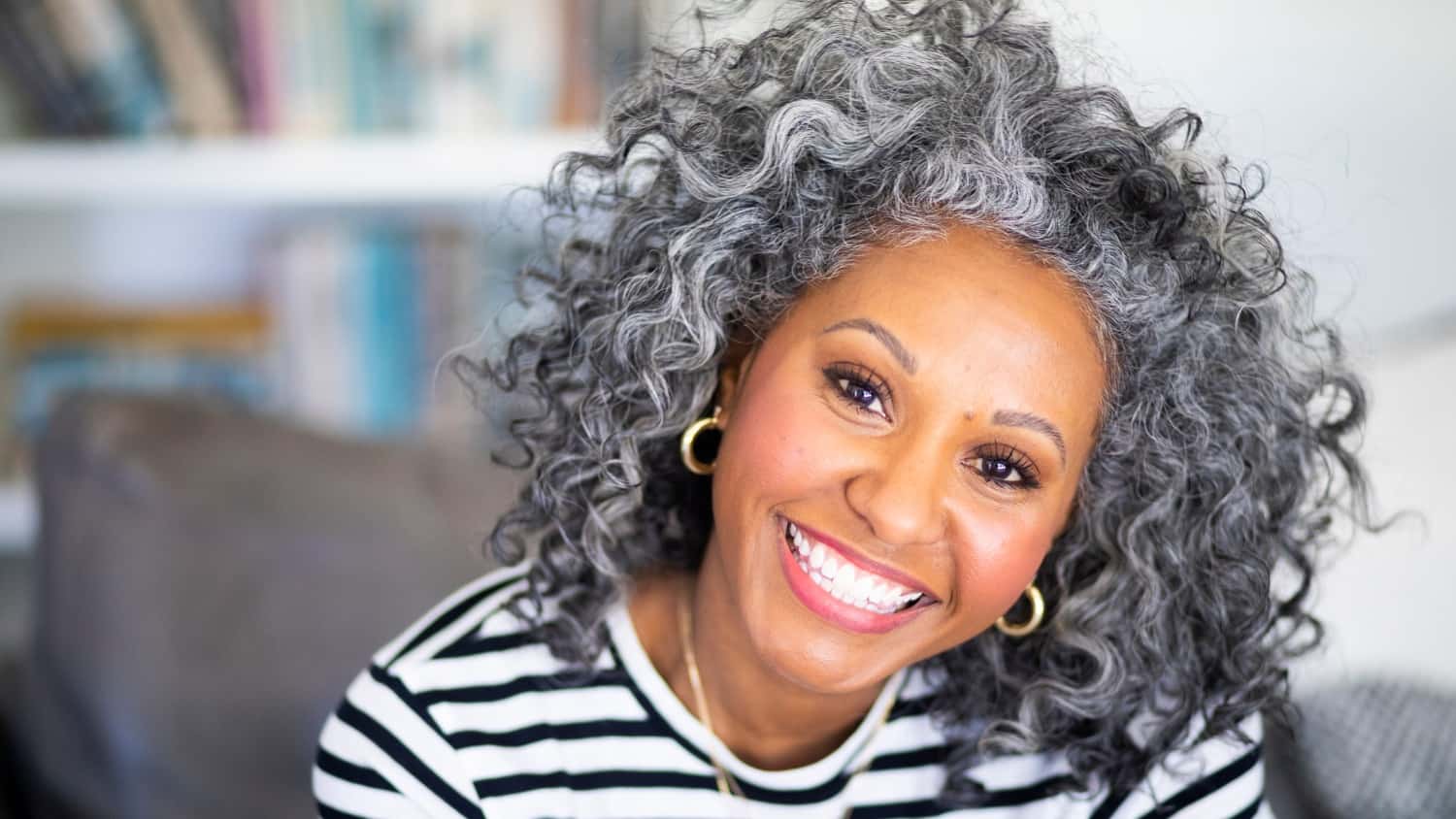
Stuck in a Groove? We’ve Been Primed to Create!
I have a confession to make. Writing this essay was painless. I did not have to cloister myself in a cabin in the woods, empty my calendar of obligations, or stay up all night. As a retirement writer, the ideas for most of my pieces seem to arrive effortlessly: after all, I am living them daily!
For the most part, many of the ideas which became posts on my website arrived to me in just one morning at the beginning of my retirement. They were carefully recorded for a potential book, which morphed into a website.
For the actual writing, my practice was to wait until I had an inspiration, usually early in the morning, select a topic and conduct the required research. Then I wrote the piece, usually in one sitting. I do not have super-powers. There are many retirees who find themselves easily sliding into the creative process.
Why am I sharing this? Read on.
Creativity and the Older Brain
Why is it that creativity, a capricious character, regularly appears and disappears in the human lifespan without a trace? Let’s start with some very good, unexpected news. The “older brain” is well suited to creativity! Real science conducted through brain studies and views of the two brain hemispheres is the genesis for this novel idea. Novel? Well maybe not.
Laura Ingalls Wilder created her Little House on the Prairie books between the ages of 65 and 71 and plans for the Guggenheim Museum was completed by Frank Lloyd Wright at age 92. Yes, MRIs were not yet invented, but the older brain was still thriving!
The essence of this modern research is that the aging brain oddly resembles the creative brain of younger people. The boring explanation is that there is a deceleration of neural communication channels, just like there is a general downtrend in all physical processes with age. The reason why this is a good thing, is that information takes a slower, alternative route (think back roads), and this process makes new connections.
Older folks have broader attention spans and can connect divergent ideas effortlessly! Layer that upon a lifetime of experiences from which to draw upon and you have a happy brain taking a slow drive down a country road, eager to explore the interesting sights well off the highway. That older driver has also earned the right to be more disinhibited by living a good number of years, has reduced the need to please others, and thrives in disregarding social expectations.
How Creative Are Younger Brains?
To understand what happened to our creative urges in our lifetimes, let’s move to the opposite end of the age spectrum: childhood. Research shows that by fourth grade, most of us have lost our birthright to creativity.
Moving backwards, we have experienced years of “self-control,” or the domination of executive functioning, a focus on the narrow world of logic and facts, and we’ve been socialized to be too sensitive to the judgments of others.
Juxtapose those experiences to early childhood, which was a time when 2/3 of our waking hours were spent in the realm of the imagination, the genesis of creativity. We were more open to new possibilities, less constrained by rules, lived in the present, and were not as affected by the judgments of others. Are you starting to see some similarities between these two distant stages of life?
Is Creativity Just for “Artists?”
Researchers into creativity such as Soviet psychologist Lev Vgotsky and Sir Kenneth Robinson believe creativity exists in all people. Most of us buy into the myths that only “special people” are creative. That creativity is only expressed in the arts, and it is a purely uninhibited form of self-expression.
Nothing could be further from the truth. Creativity draws from powers we all have as humans, and it is possible in many, many contexts. The creative person has an appetite for discovery and a compelling motivation, which is uniquely personal.
The simple requirements for creativity are that something needs to be made, it must be different than what existed previously, and it is useful in solving a problem.
These criteria can span the material world, science, technology and almost every field of human endeavor. The creation can also be a new mental construct. Those who do create, generally, are more emotionally engaged. They are brave enough to feel the full range of human emotion.
Morning Pages and the Artist Date
Where does one begin to access one’s lost creativity? What is the appropriate context? How can all the years of being responsible and attending to the mundane be undone? The guru on this subject is Julia Cameron, whose book The Artist’s Way, circa 1992 has guided countless “artists” uncover their subterranean riches.
Her basic principles include the ideas that “creativity is the natural order of life. There is an underlying, in-dwelling creative force infusing all of life, including ourselves. The refusal to be creative is self-will and is counter to our true nature.” If you can change your mindset to embrace these ideas rather than dwell on Required Minimum Distributions from your IRA, imagine how your life can change.
At this time, you may not need any “exercises” to release your creative power. Perhaps you are dependably cooking, playing an instrument, or gardening and have been all throughout your work life. For those of us who had to dig back into the years before having children or a challenging career, Ms. Cameron has two excellent suggestions: Morning Pages and the Artist Date. Both require a regular commitment of time – no excuses!
The Morning Pages
The Morning Pages require you to write three pages, longhand, as soon as you wake up every day! It is a stream of consciousness writing and meandering, and editing is strictly prohibited. It gets all of that detritus floating in your mind out of the way, which is a block to your creativity. Most of the time, your writing flies under the radar of “The Censor” which also limits your creative output.
The Morning Pages clue you into what thoughts are close to the surface, and they might really surprise you. It is very similar to a meditation practice, but it is done on paper. You do it regardless of your mood and responsibilities. The idea is to help you find your creative voice.
The Artist Date
The second regular exercise is the Artist Date. This is an activity to “fill your well,” which undoubtedly has been empty for possibly decades. The Artist Date is a two-hour outing or activity with your creative self each week.
It is a fundamental self-nurturing experience of spending quality time with a part of you that needs a “loving aunt.” It may involve a walk in the country, a shopping trip to an antique shop, a visit to an art gallery or a meal in an ethnic restaurant. A soak in a tub, chopping vegetables, and even a Zumba class all count, as long as these dates are regular fixtures on your calendar.
Another Route – “Restorers”
Fjolla Arifi writing in the Huffington Post offers up five restorative activities to increase physical and mental health – they can even positively affect one’s mortality! Not surprisingly, they are all creative pursuits: listening to music, solving puzzles, singing and dancing; drawing, painting, and sculpting; and creative writing (what I do on my website).
All tap into that great store of life experiences. Inhibitions fall away, non-dominant brain hemispheres get a workout, and possibly a beautiful product is made.
As we age, we are well-aware of our decreasing capabilities. Leaving your creativity on the table is like walking away from a winning lottery ticket!
Let’s Have a Conversation:
Do you have a creative urge? Has your creativity popped up now and again? When was the first time you noticed its reappearance? Have you pursued a creative activity? If not, what might be holding you back?
Tags Inspiration







when family gets together I can usually be found playing on the floor with my great grands while the ‘grown ups’ discuss whatever…guaranteed I’m having more fun!!